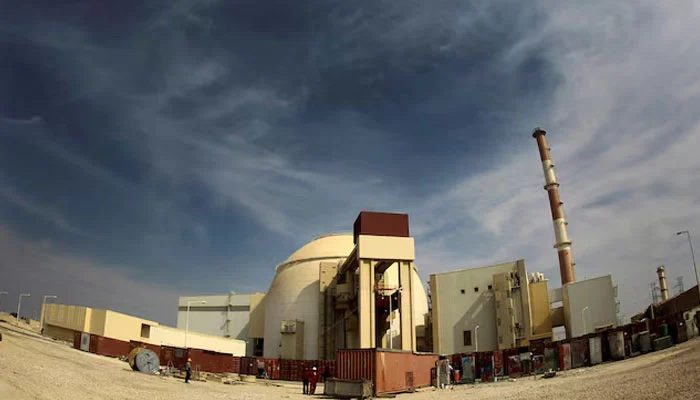Iran’s nuclear program has long been the focus of global attention, given its implications for regional security, non-proliferation efforts, and international diplomacy. Over the years, Iran has developed a network of nuclear facilities across the country, some of which are involved in civilian energy production, while others have raised concerns due to their potential military applications. These facilities have played a central role in negotiations between Iran and world powers, especially in the context of the Joint Comprehensive Plan of Action (JCPOA) and its aftermath.
Natanz Enrichment Facility
The Natanz Fuel Enrichment Plant (FEP) is among the most well-known and closely monitored nuclear sites in Iran. Located in central Iran, the facility is built partially underground and is equipped with thousands of gas centrifuges used to enrich uranium. Natanz has been a critical component of Iran’s enrichment capabilities since its public disclosure in 2002.
It is operated by the Atomic Energy Organization of Iran (AEOI) and was significantly expanded before the JCPOA agreement in 2015. Under the deal, Iran agreed to limit its enrichment activities and the number of centrifuges installed at Natanz. However, since the US withdrawal from the JCPOA in 2018, Iran has resumed and even accelerated enrichment at this facility, raising concerns over its stockpile of enriched uranium and centrifuge advancements.
Natanz has also been the target of multiple sabotage operations, widely attributed to foreign intelligence agencies, which have disrupted Iran’s nuclear progress and prompted hardening of its nuclear infrastructure.
Fordow Fuel Enrichment Plant
The Fordow facility, located near the city of Qom and deep inside a mountain, is another key enrichment site. Initially kept secret, its existence was revealed in 2009, prompting international concern due to its fortified nature, which suggests a potential military dimension.
Under the JCPOA, Iran agreed to convert the Fordow plant into a research center and limit enrichment activities there. However, following the collapse of the deal, Iran restarted uranium enrichment at Fordow using advanced centrifuges, bringing it back into the spotlight of nuclear inspectors and analysts.
The facility’s location and protective design make it highly resilient to airstrikes or sabotage, increasing the strategic importance of its operations.
Arak Heavy Water Reactor
The Arak facility, also known as the IR-40 reactor, was initially designed as a heavy water reactor capable of producing plutonium as a byproduct—raising proliferation concerns due to plutonium’s potential use in nuclear weapons.
Under the JCPOA, Iran agreed to redesign and modify the Arak reactor to limit its plutonium production capacity, with assistance from international partners including China and the United Kingdom. Work on redesigning the reactor was ongoing even after the US exit from the agreement, though delays and political disagreements have hindered progress.
The original core of the reactor was removed and filled with concrete as part of Iran’s commitments, but the site remains a focus for future developments in Iran’s nuclear infrastructure.
Isfahan Nuclear Technology Center
The Isfahan Uranium Conversion Facility (UCF) is a critical hub for Iran’s nuclear fuel cycle. Located in central Iran, it includes a range of facilities for converting raw uranium, or yellowcake, into uranium hexafluoride gas (UF6), which is required for centrifuge-based enrichment.
Isfahan also houses research reactors and facilities for producing fuel rods and conducting nuclear-related research. The site plays a key role in bridging Iran’s mining and enrichment capabilities and remains under IAEA monitoring, though access and transparency have fluctuated with the state of international negotiations.
Bushehr Nuclear Power Plant
Unlike the other facilities, the Bushehr plant is focused on civilian electricity generation. Constructed with Russian assistance, it is Iran’s first and only operational nuclear power reactor. Bushehr is subject to full IAEA safeguards and is widely regarded as separate from Iran’s controversial enrichment and weapons-related activities.
The plant uses Russian-supplied fuel and operates under an agreement that requires all spent fuel to be returned to Russia, reducing the risk of it being used for weapons development. However, future expansion of Bushehr or development of domestic fuel production could raise new questions about Iran’s long-term nuclear intentions.
Topics #featured #trending pakistan




